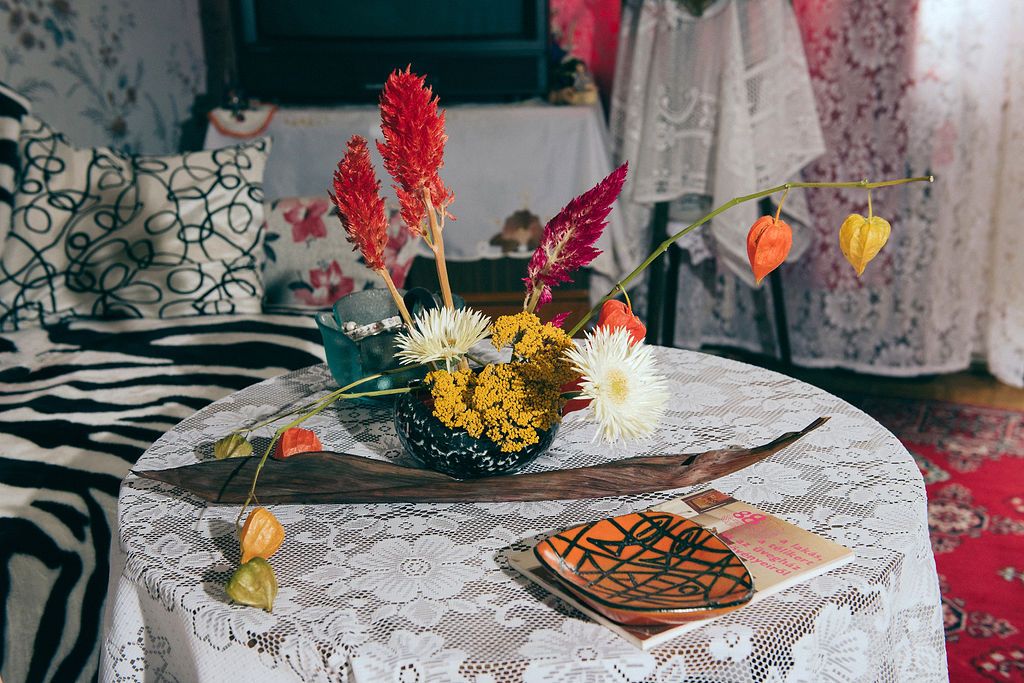Let’s be honest: because of all the socialist memories, carnations and gerberas would probably be amongst the last things we would decorate our homes with. We would sooner buy a bunch of trendy dried flowers than these retro favorites. Now we can get to know them from a fresh, new perspective, all thanks to Kata Filep, a food stylist with a growing affection towards floral compositions.
Last winter, Kata Filep decided that in addition to food styling as her principal activity, she would also give more emphasis to floral styling, which was more of a hobby to her before. Her brand founded under the name ATAK PELIF fills a massive gap in the Hungarian flower scene: even though Kata didn’t open a brick-and-mortar store, you can still order bouquets from her, and several restaurants, cafes and stores also contact her if they are looking for one-of-a-kind flower decorations. Her Instagram feed might be a source of inspiration to those interested in floral styling but feeling out of place in Hungary.
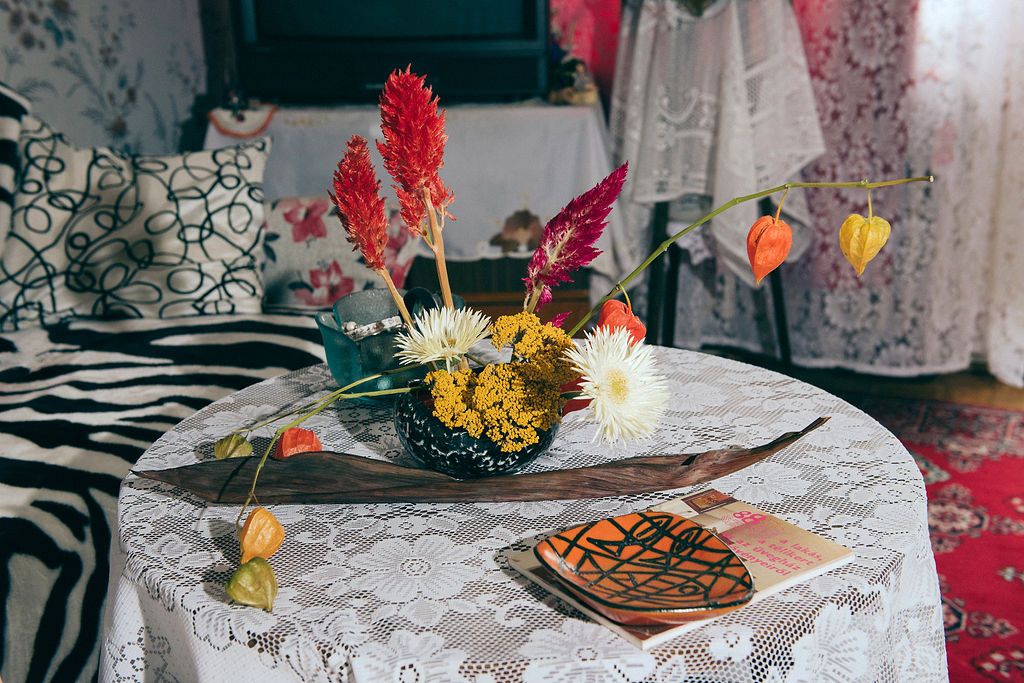
Kata, tell us about the beginning of ATAK PELIF!
Kata Filep: I was already thinking about it before, but I only launched the project around February-March last year. 75% of my life is food styling: in addition to the various occasional projects, I work for two Budapest-based restaurants on a permanent basis. In one of the restaurants, I advised the owners right at the beginning that the place would benefit from a few flowers—so I actually put the task on myself, this is why I started to go to wholesale flower markets once or twice a week. Slowly I started to form an image in my mind about the types of flowers that are available in markets and the types that actually make it into flower stores, and I thought there could be another way of doing things between the two…
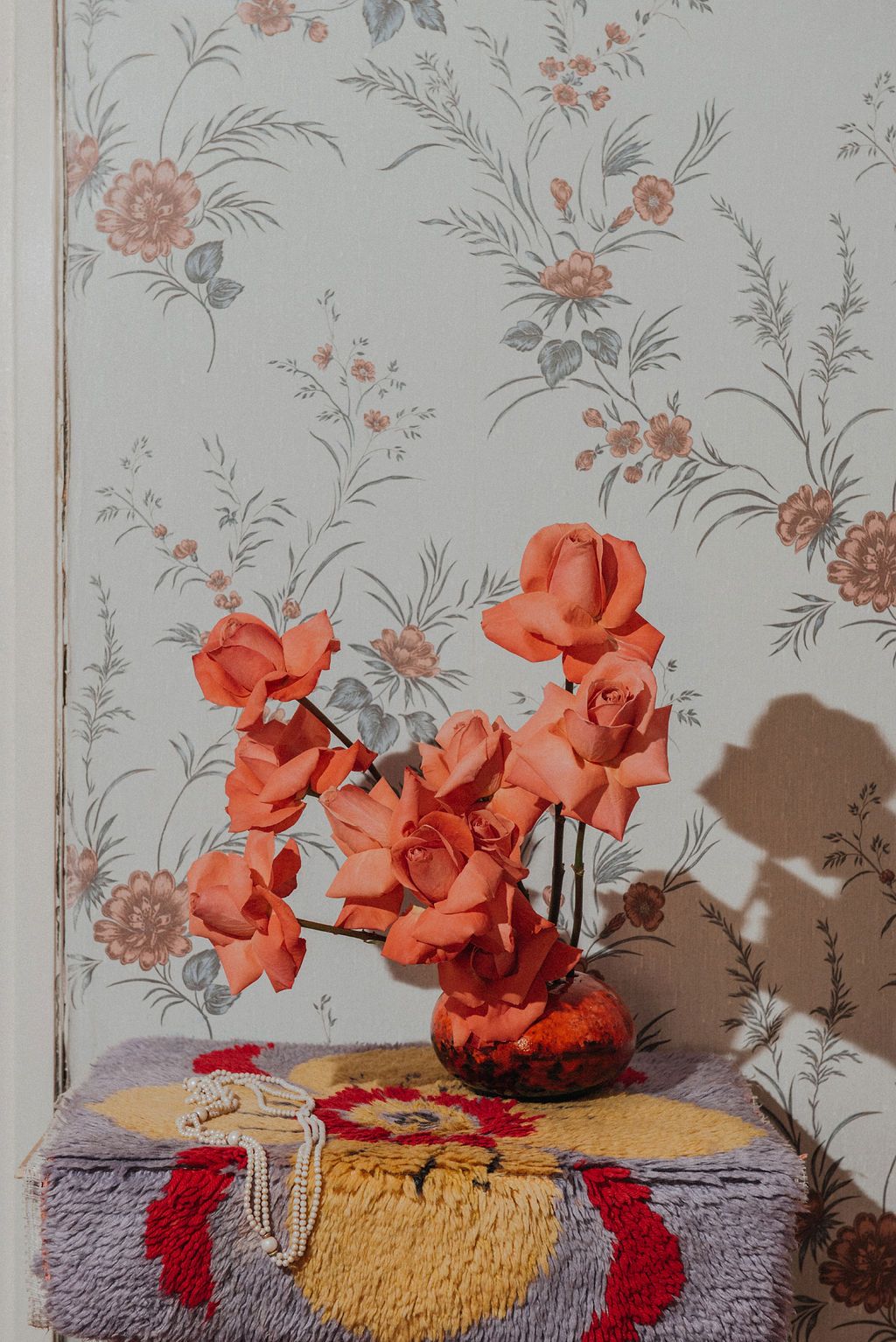
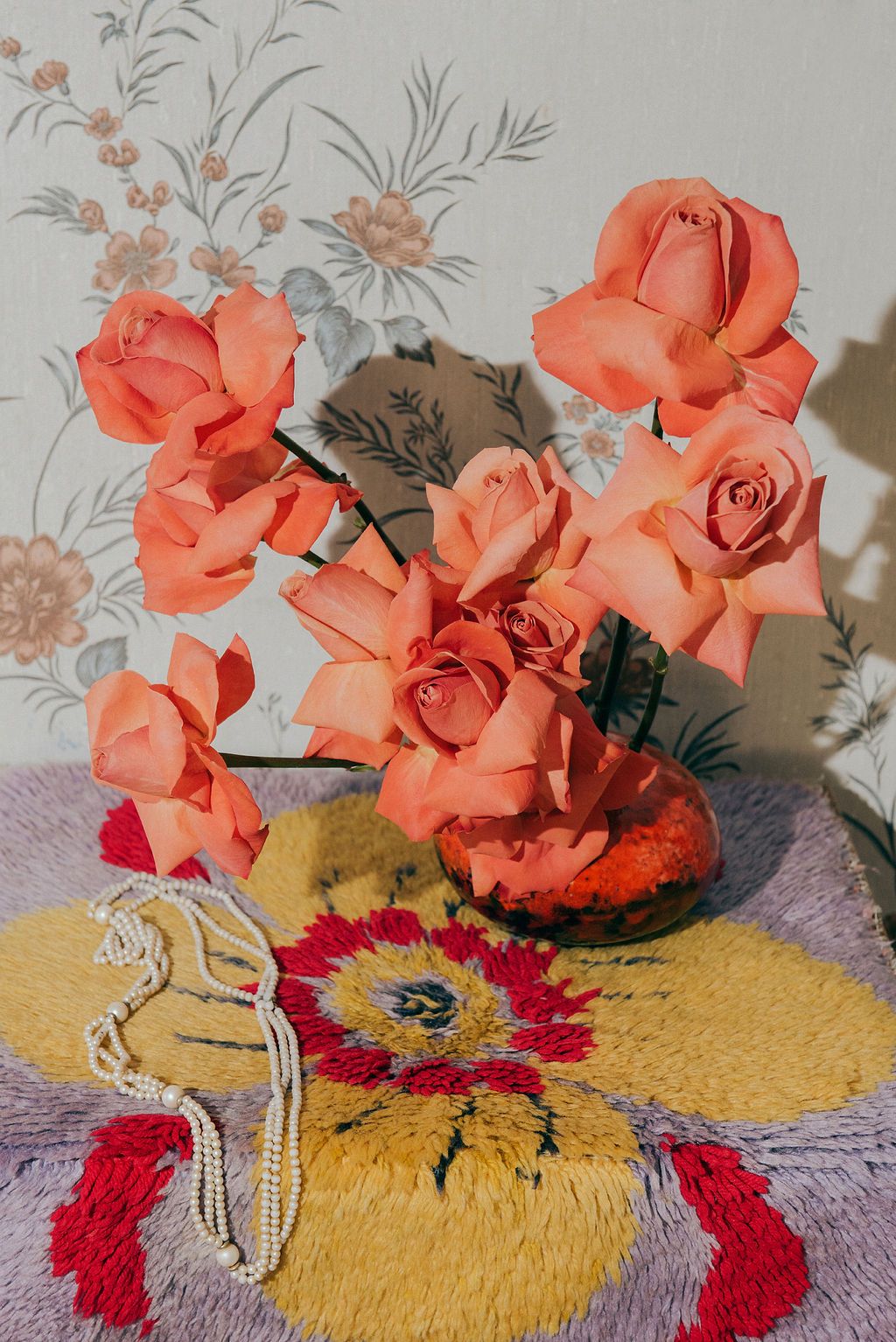
My affection towards flowers and plants already showed in food styling, and my family and friends always considered it funny how I always started to collect budding branches, for example, when they travelled to the countryside with me. Even though I see more and more opportunities for this line of business, I try to keep ATAK PELIF what it started out to be: an activity in which there is no client or financial pressure something I can do in a way that it makes me happy.

The ATAK PELIF bouquets and the photos taken of them are indeed a lot fresher and bolder than the usual selection of stores, so there actually was a gap between flower markets and stores. What do you think the reason for this is?
K. F.: This is a complex question. A lot of people follow foreign floral companies, including me. My experience is that approximately 70% of the raw materials available in Western Europe or Poland—the Poles are actually thriving on this field—is actually available in Hungary. This means that in these countries one can find truly exciting things, such as South African or South American flowers, that are not available in Hungary.
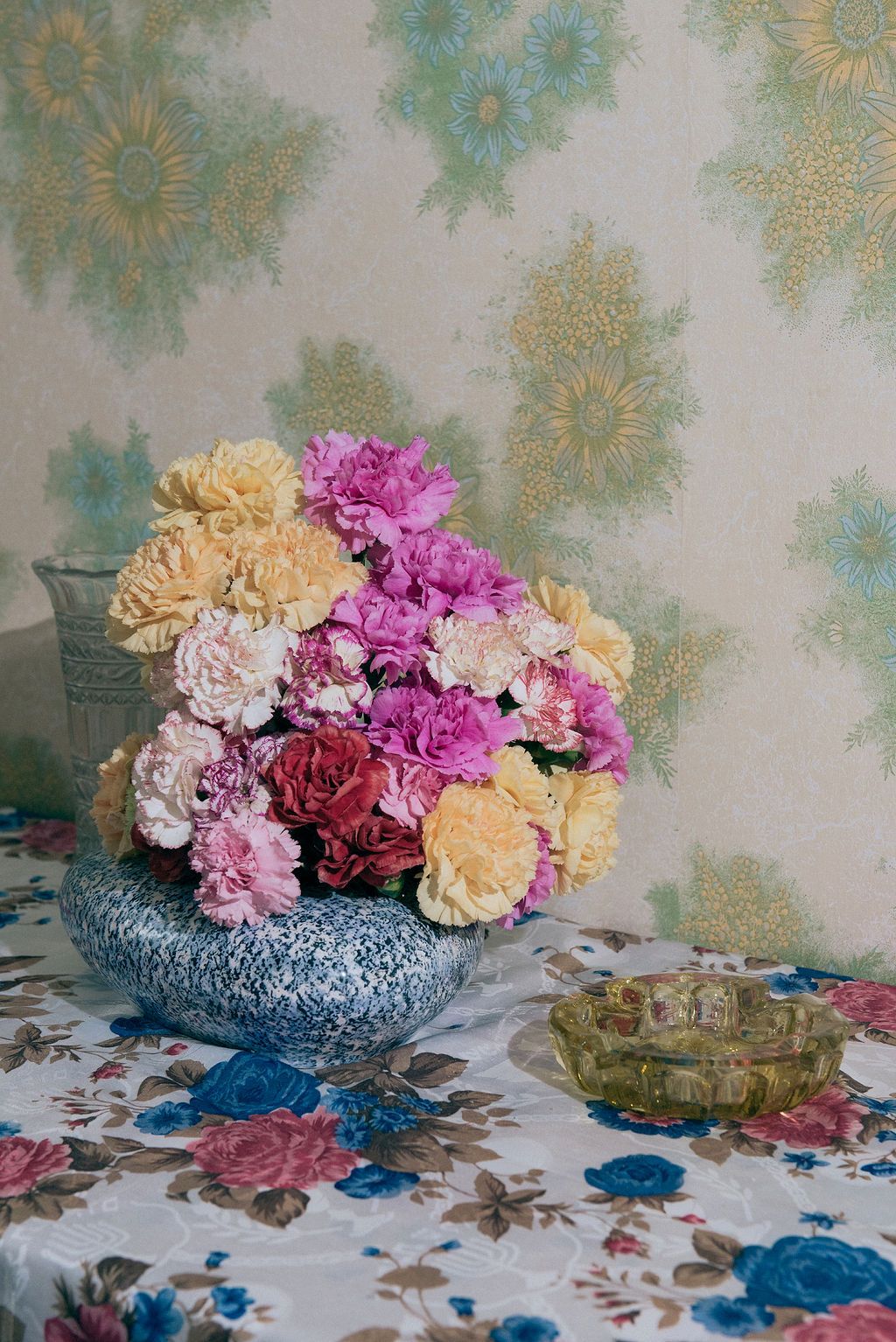
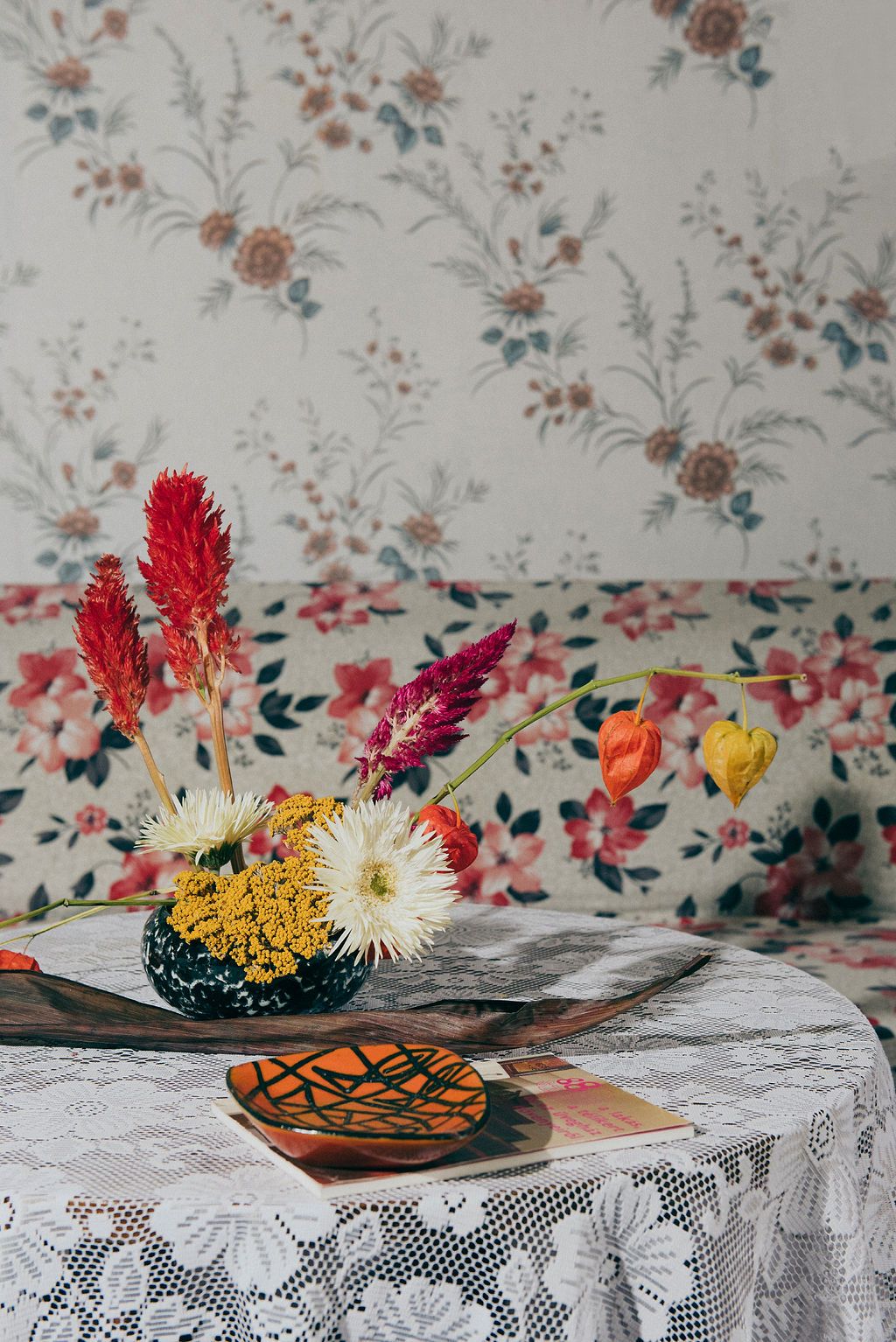
Another thing is that even though there are lots of very talented florists in Hungary, who are perhaps even working with such exciting flowers, the target audience has a more classical taste. A bouquet becomes extravagant due to its size and, as a result, its price. I approach this issue from the other way around: I strive to show as many extraordinary flowers as possible, but not in the form of giant bouquets. This way, these special flowers also become available to the audience.
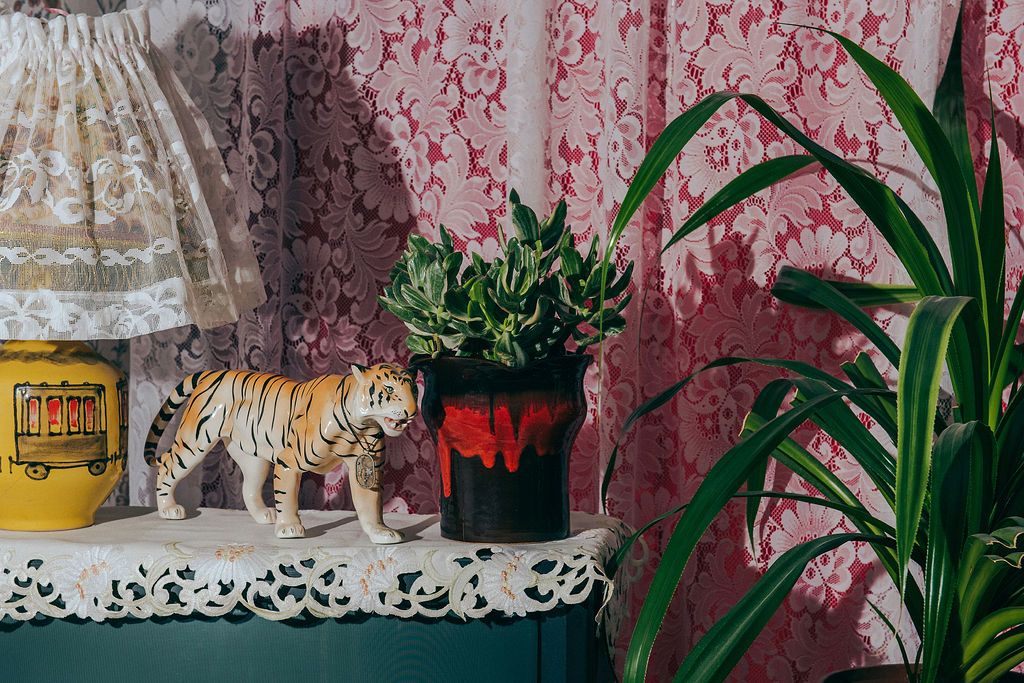
You have mentioned that even though it started out as a love project, ATAK PELIF is getting more and more business opportunities. Would you share some of these?
K. F.: There is, for example, an increasing number of custom bouquet orders—perhaps partly because of the quarantine. A lot of people now have a need for decorating their homes with a special bouquet every two or three weeks. This does not encumber the clients financially on the one hand, and it is also a product I can easily communicate, on the other hand. Besides this, I help in the decoration of stores and cafes and I’ve also created wedding decorations. For this year, I set the goal of only doing things I can totally relate to regardless of the task.
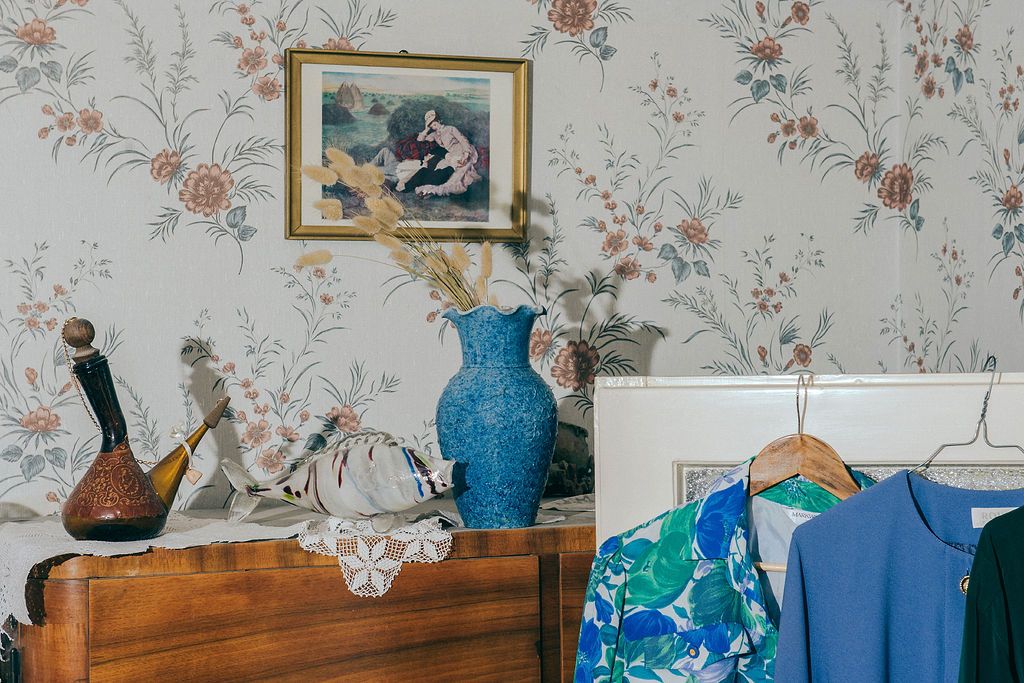
I think the best example for this is the Ikebana Workshop you announced with Urban Jungle Budapest—one could even regard the photos below as antecedents to the workshop. What should we know about these?
K. F.: The photo series was made in the framework of the Urban Jungle Budapest Nagyi Projekt (Grandma Project). We photographed the bouquets made for ikebana vases in a truly lush retro interior: in the apartment of shoe designer Réka Vágó’s grandma.
I have been collecting ikebana vases for a long time, which are the Hungarian applied arts products of the fifties, the sixties and the seventies, and I find them very exciting! One the one hand because no matter how hard I was looking for written materials about them, I never actually found out the reason why they were made. Originally, Ikebana is a sublime Japanese floral styling genre that one learns for a lifetime, and I have never even seen a photo of these Hungarian vases with flowers in them. They usually stand empty in grandma’s apartment, and I have also heard that people store pencils, paperclips or coins in them. So they form an integral part of our retro object culture.
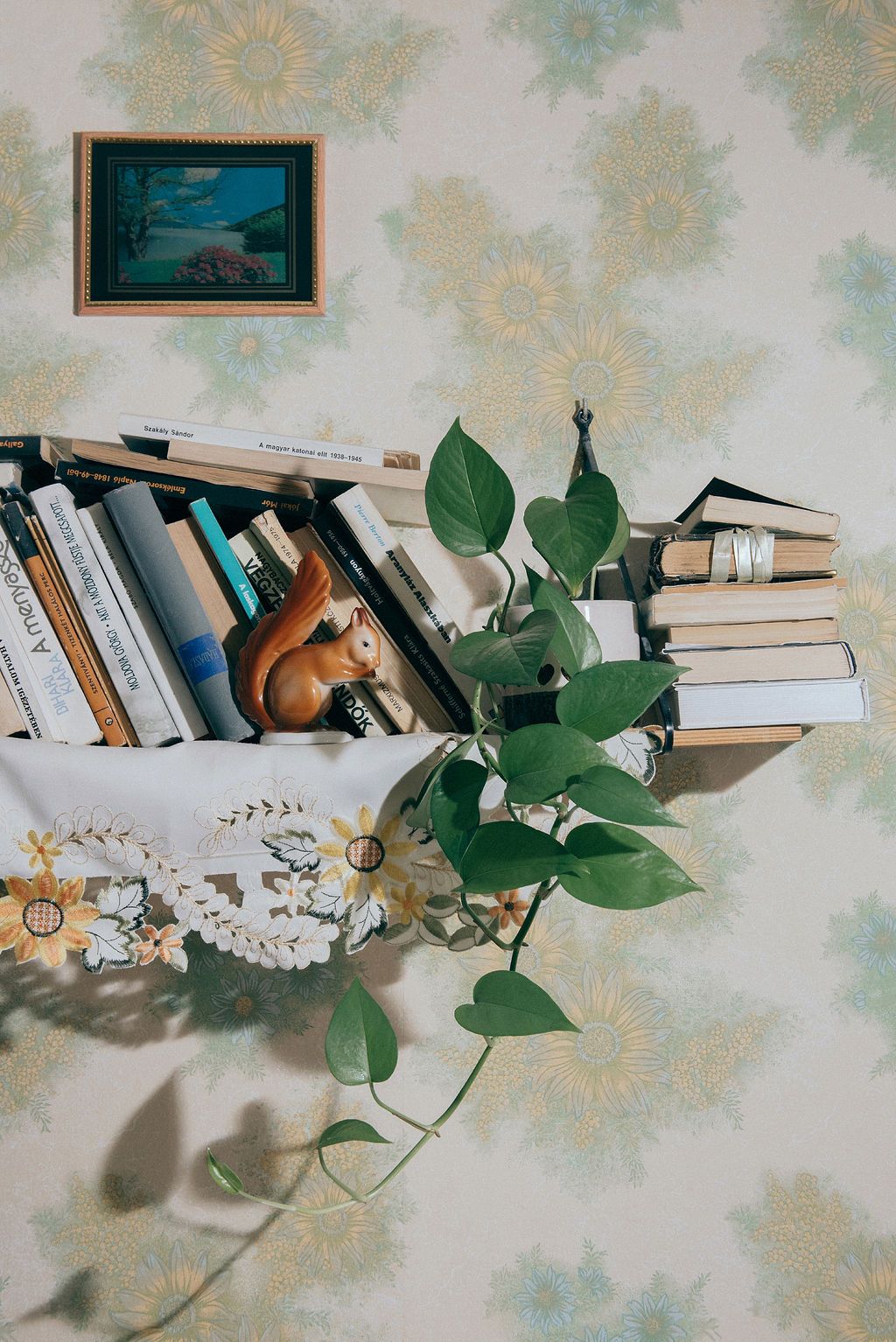

On the photos of the Nagyi project, I intentionally put flowers in these vases that we consider retro as well, and not necessarily with a positive overtone: like carnations or gerberas… I wanted to show that it is possible to look at them from a different angle.
So at the workshop, we’ll make bouquets for ikebana vases, but it is important to note that we’ll only use the floral styling method of ikebana as a starting point. I hope the participants will be inspired by these vases just as I was, and they can find a way to express themselves freely and playfully through this form of art.
ATAK PELIF | Facebook | Instagram
Photos: Zsófia Hámori

Splendid photos of the revamped Nádasdy Mansion
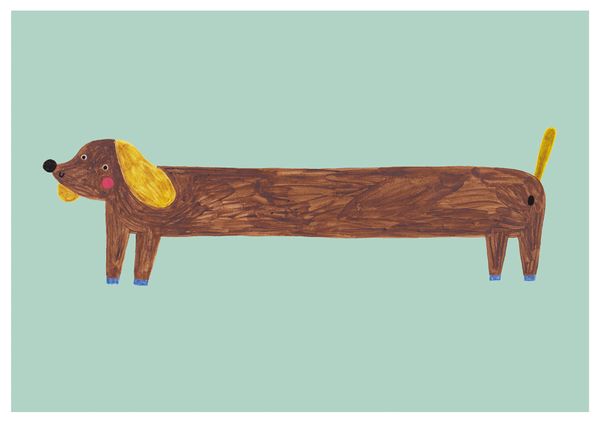
„It’s pure poetry” | Daria Solak










